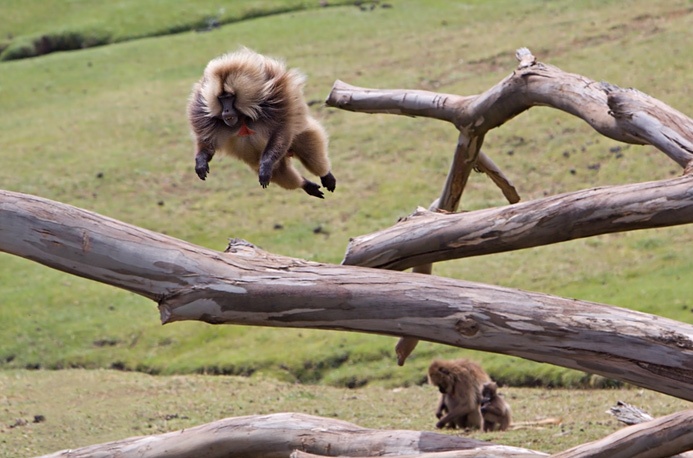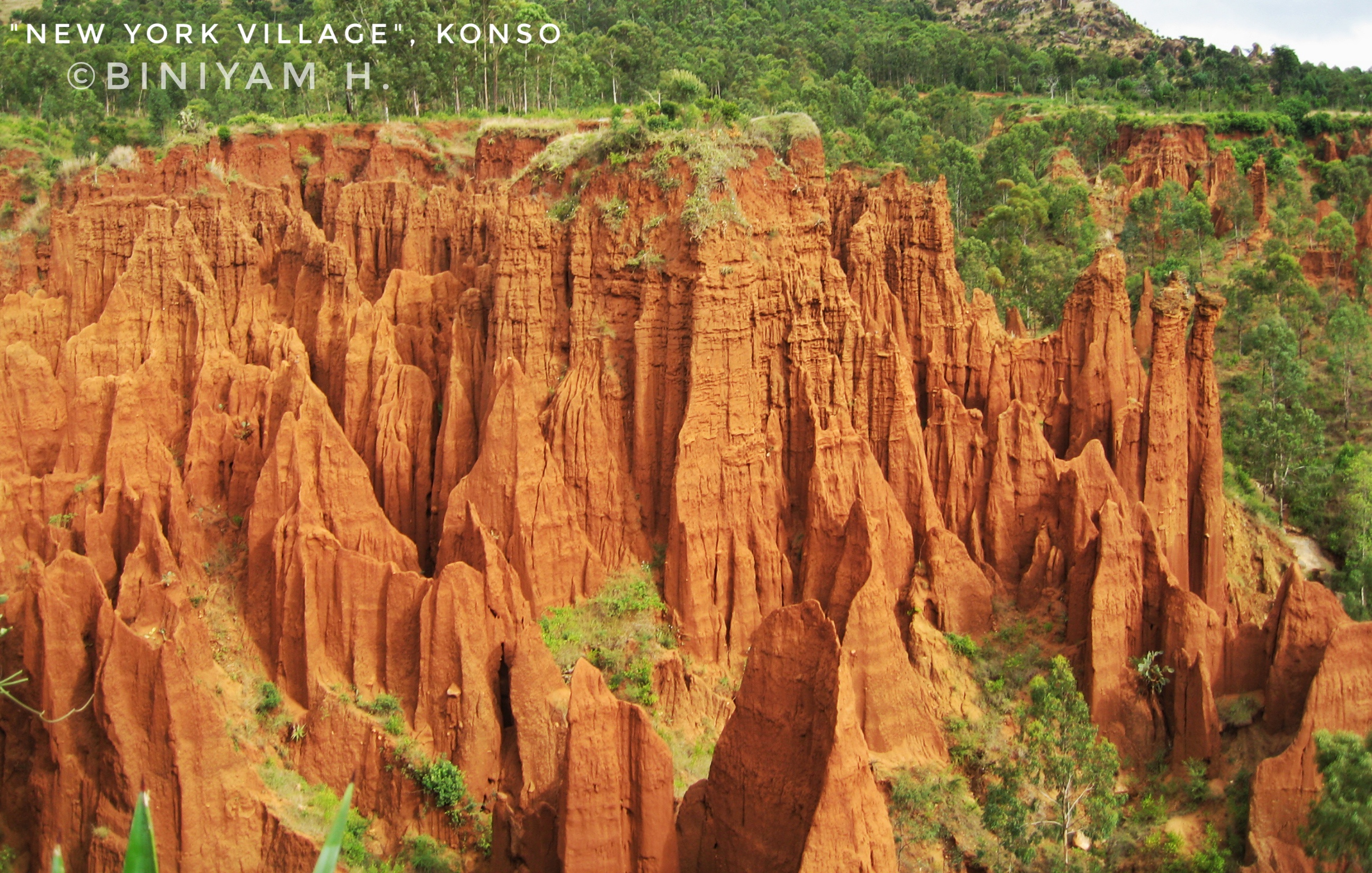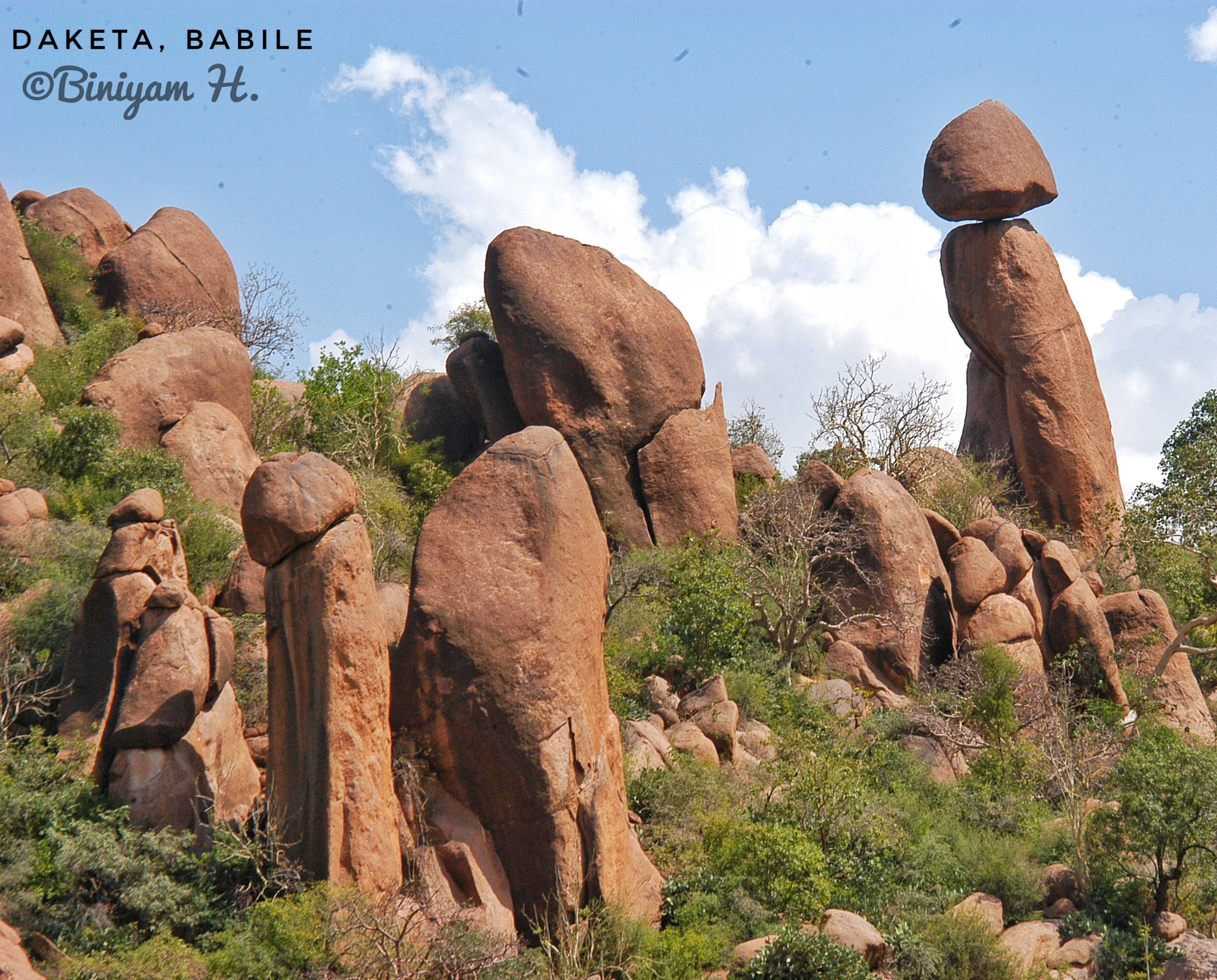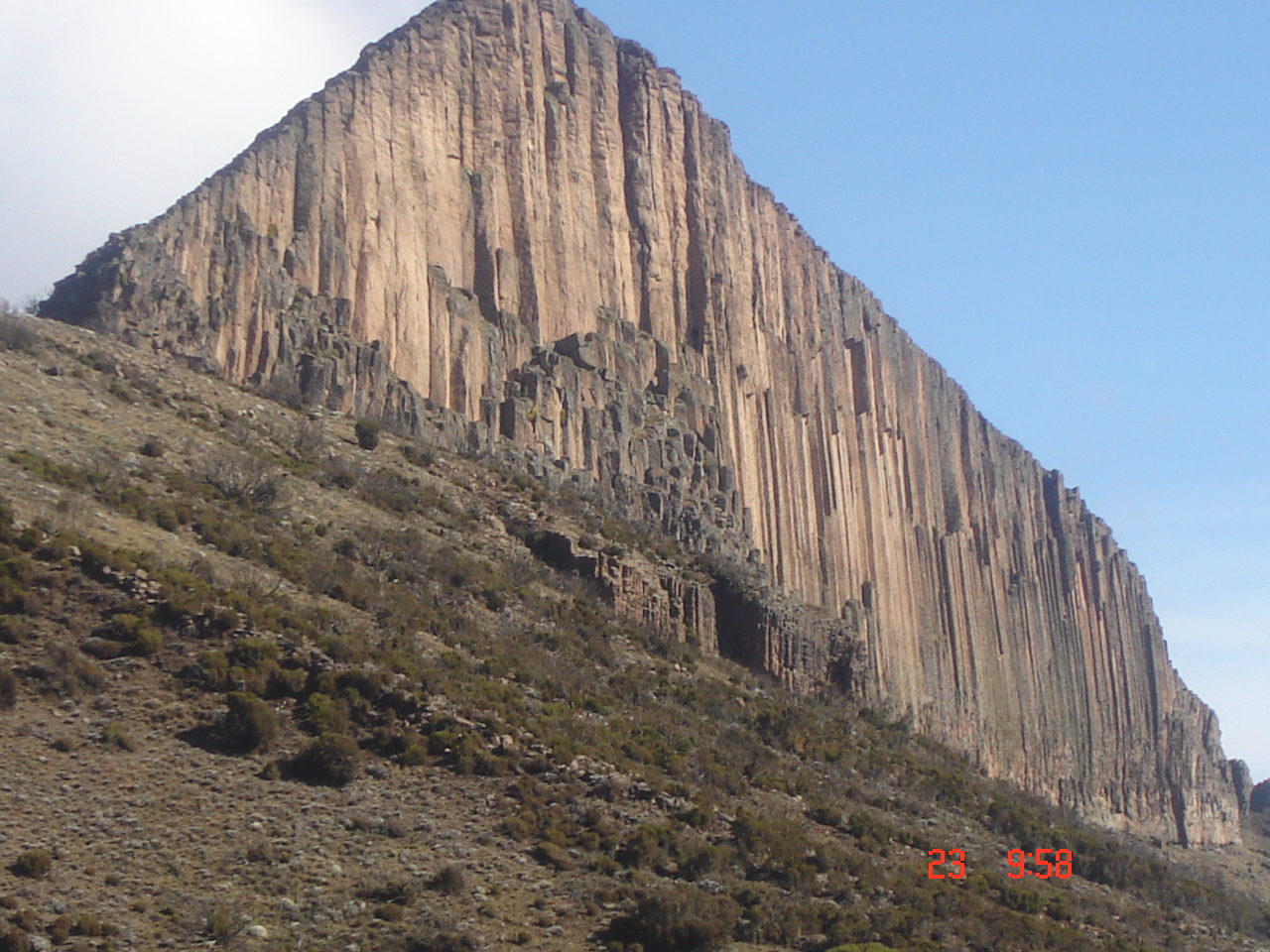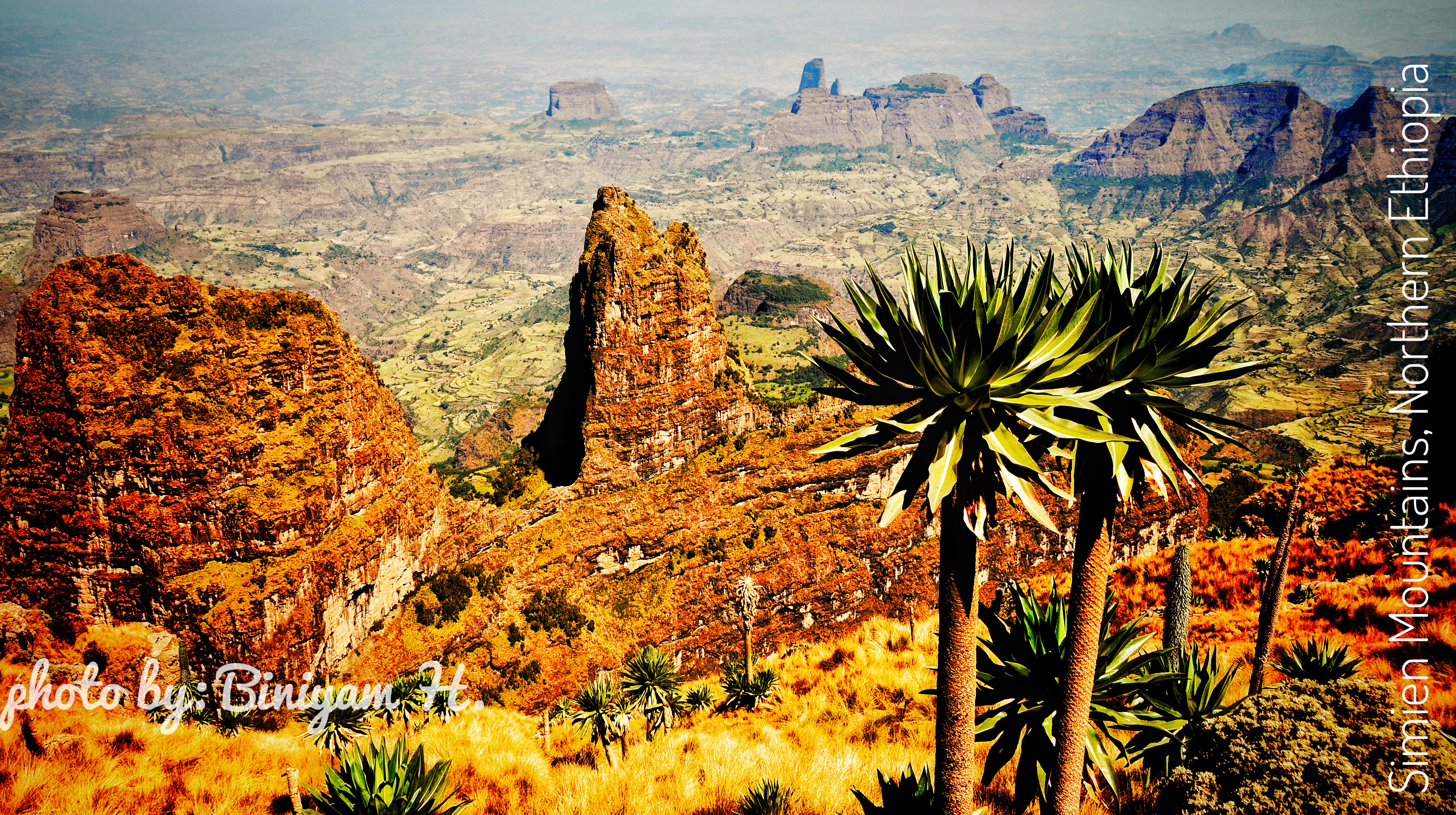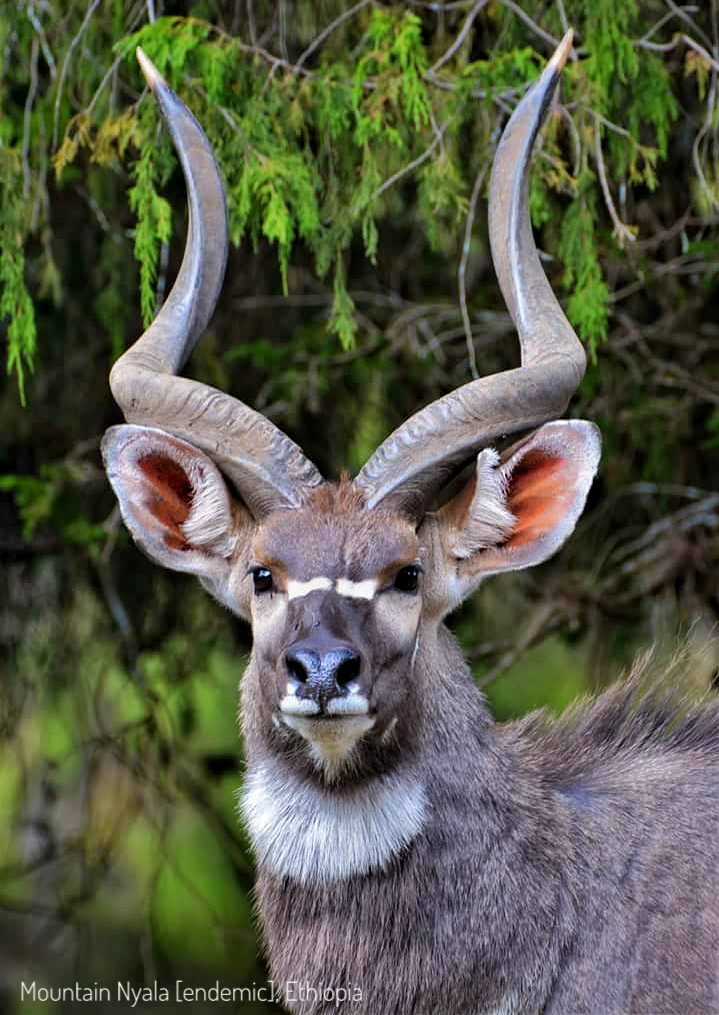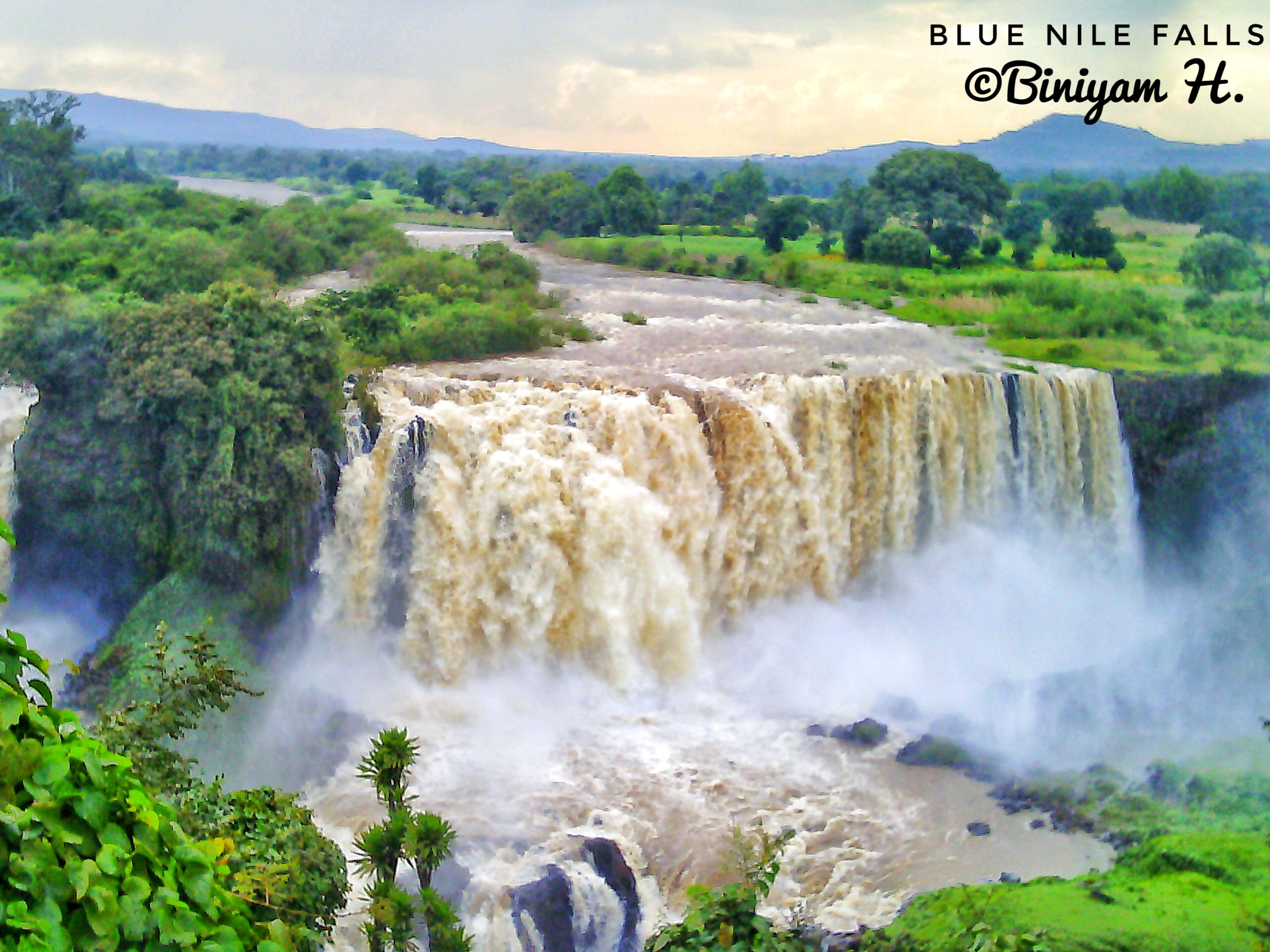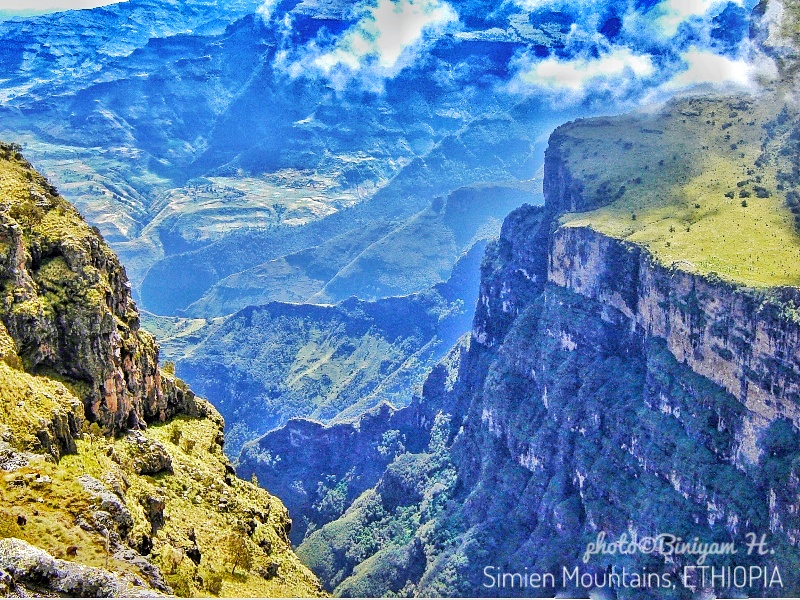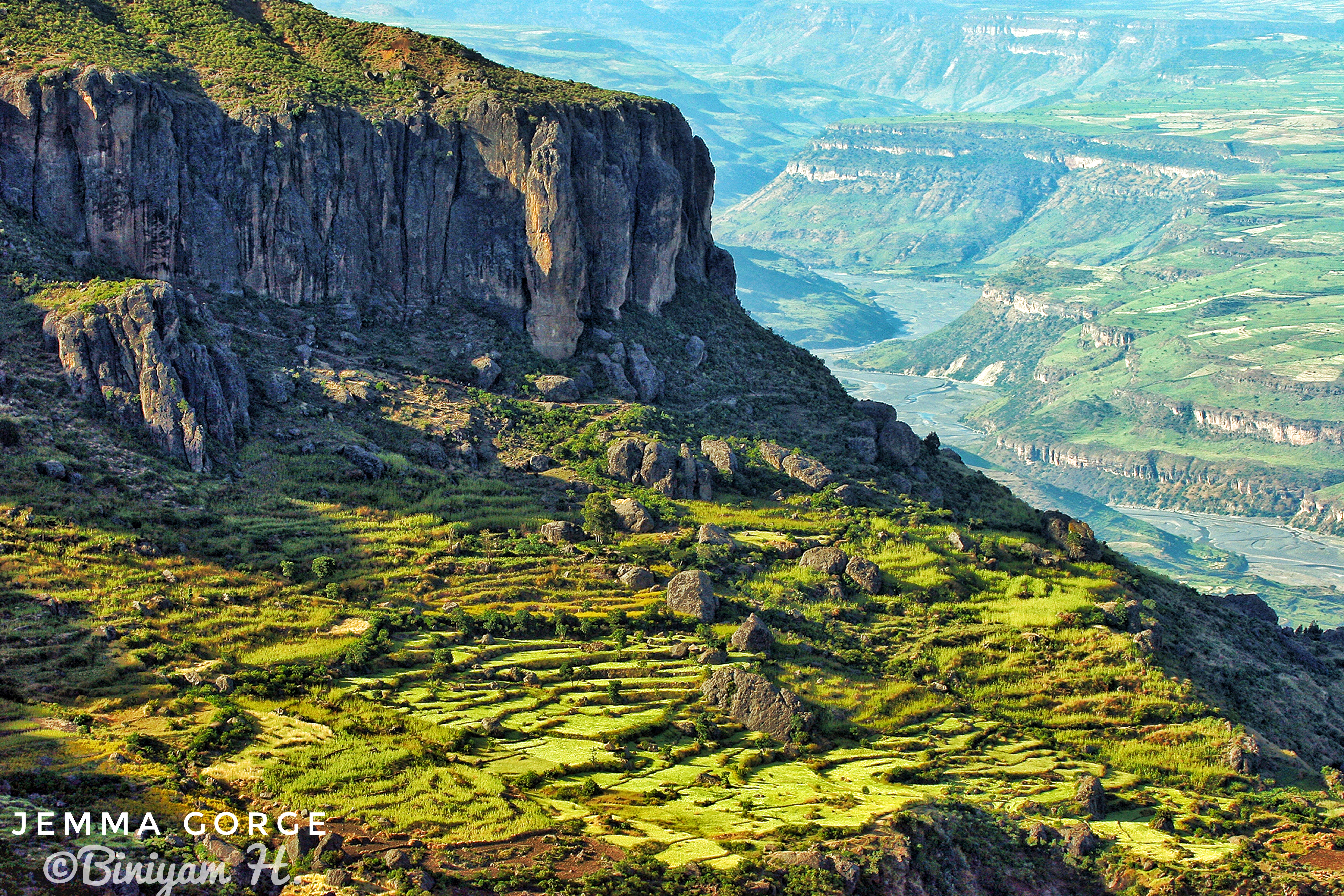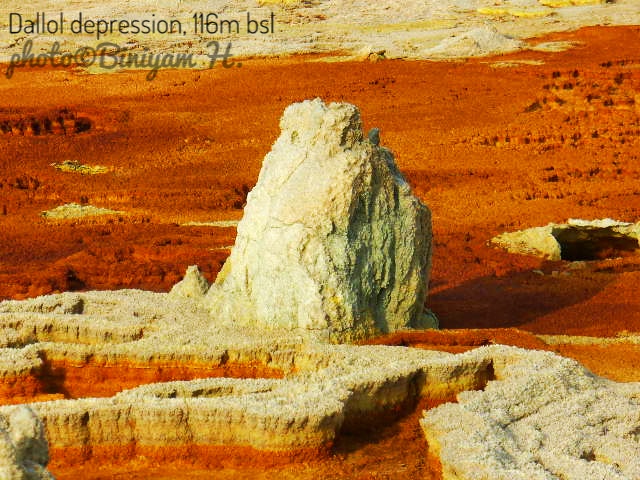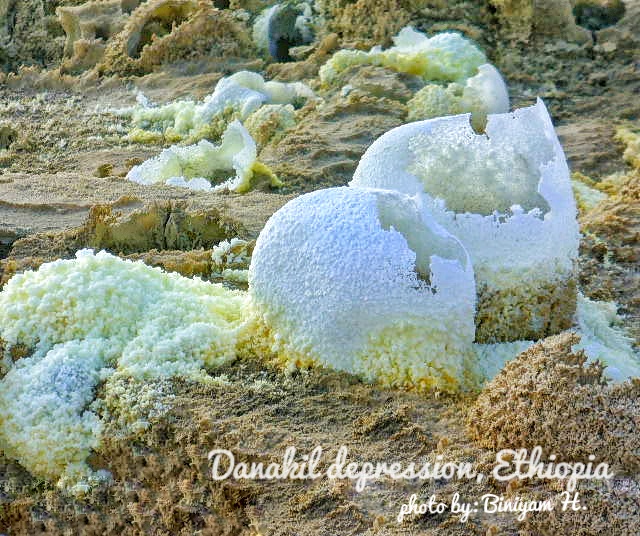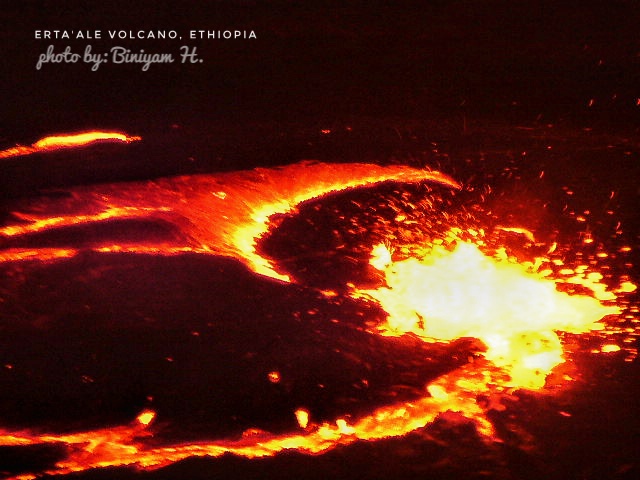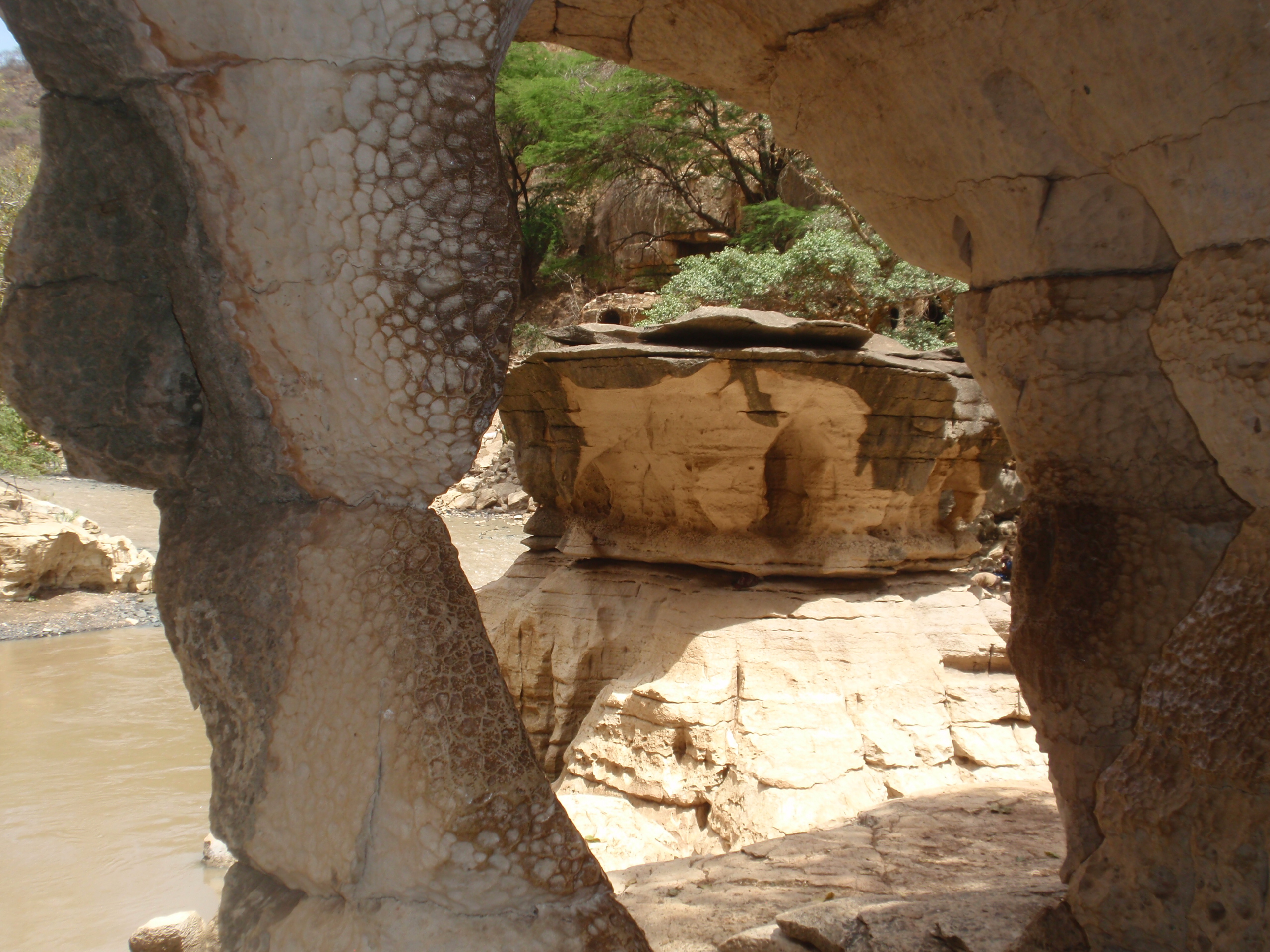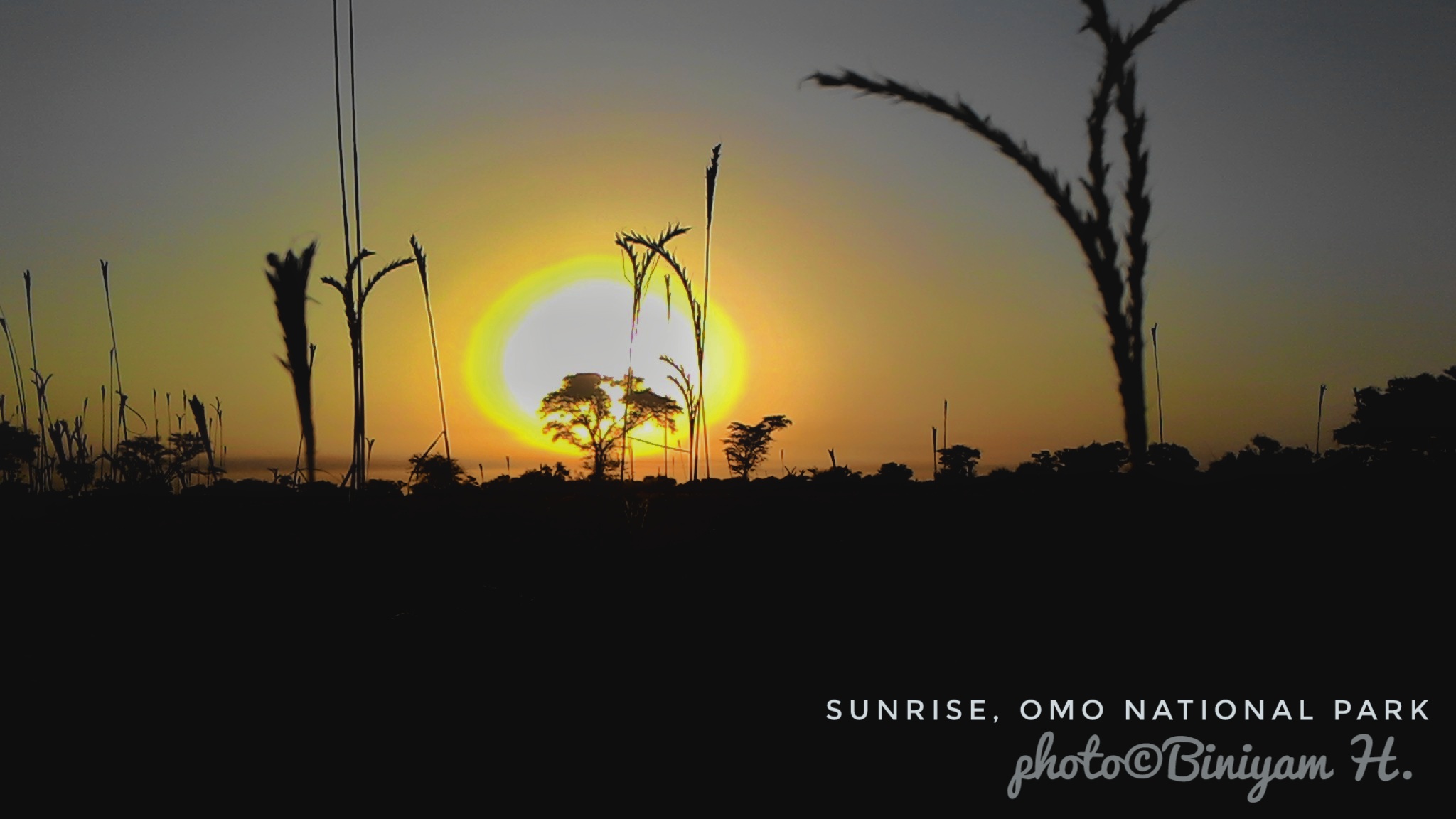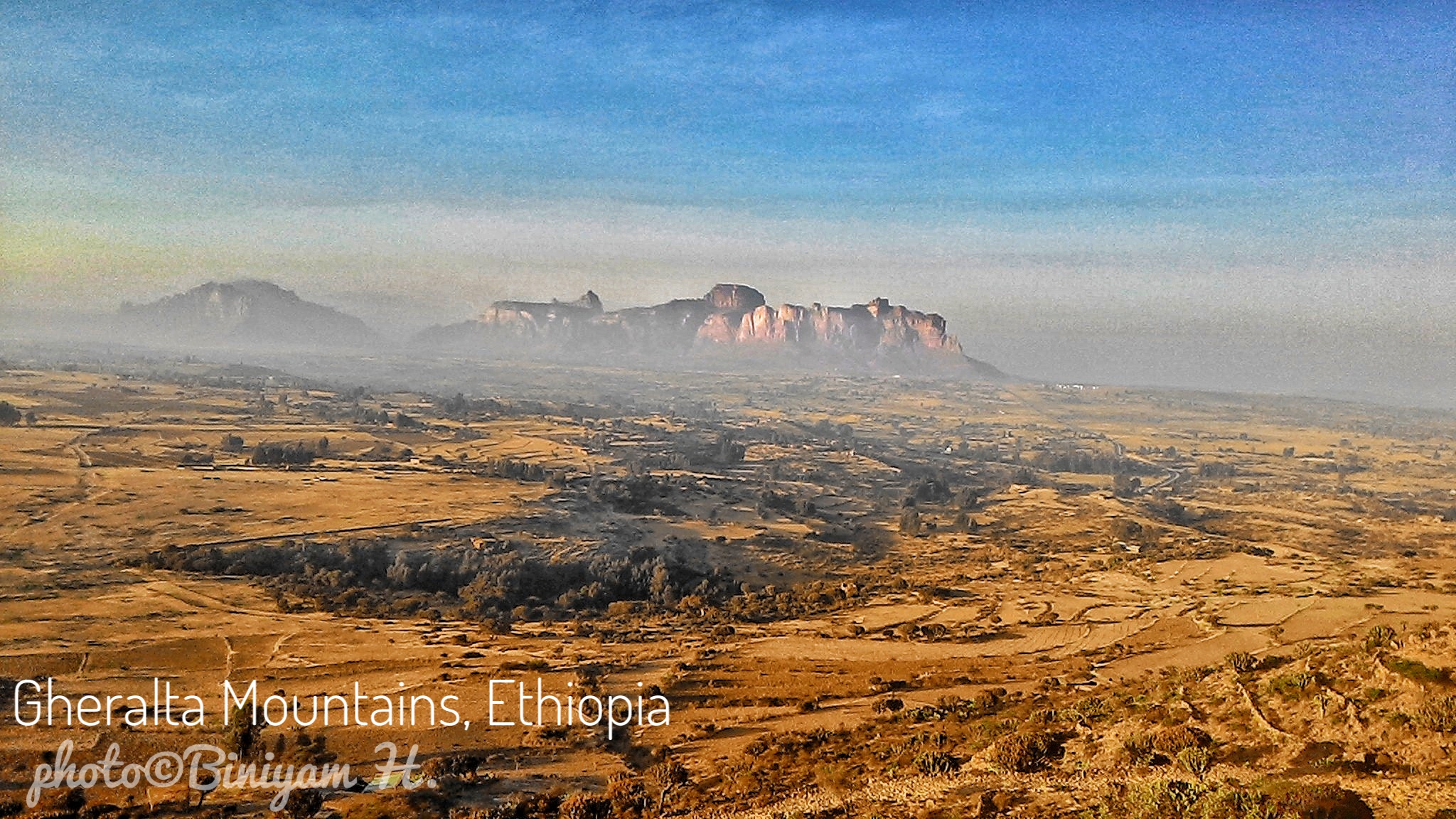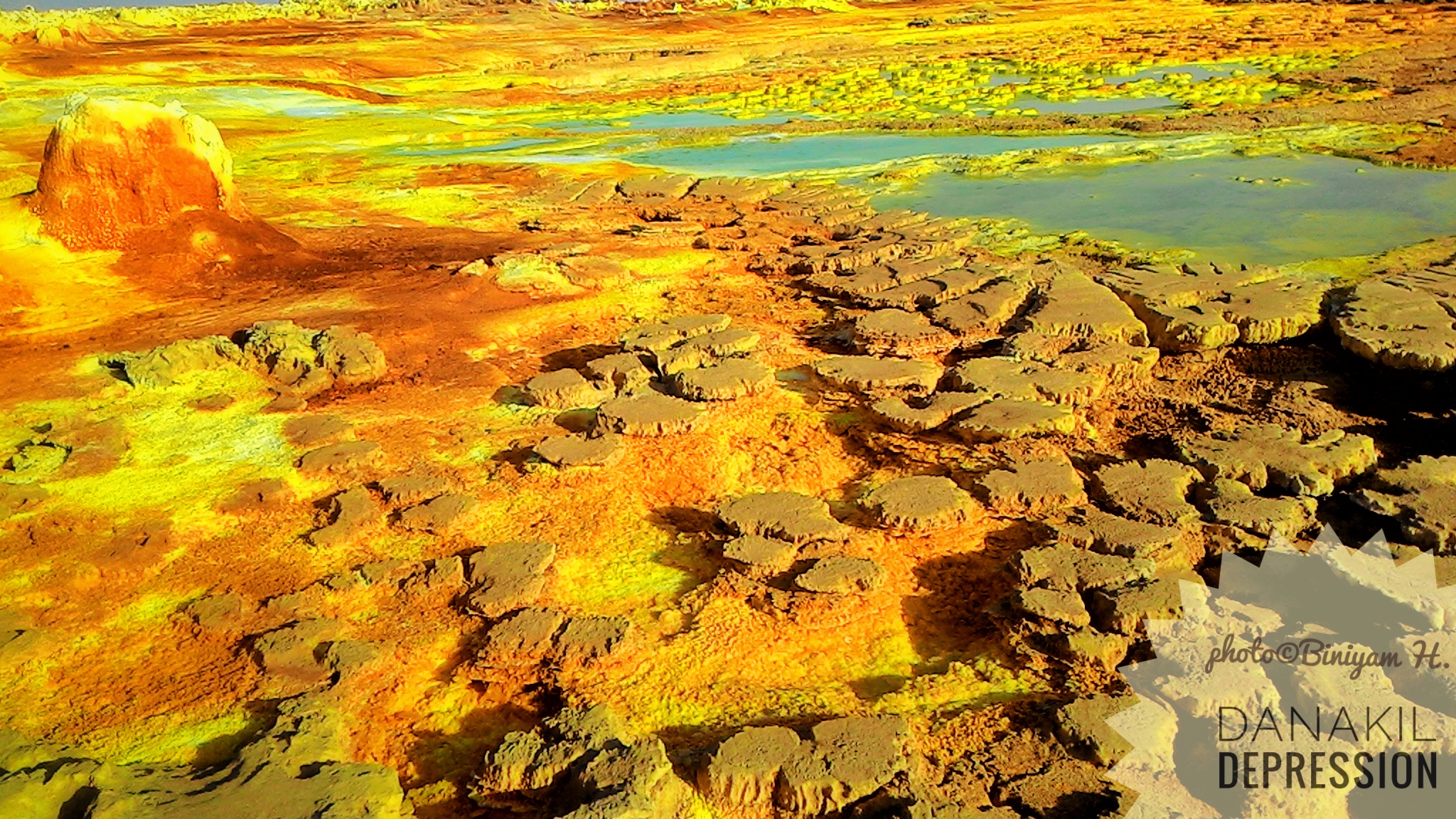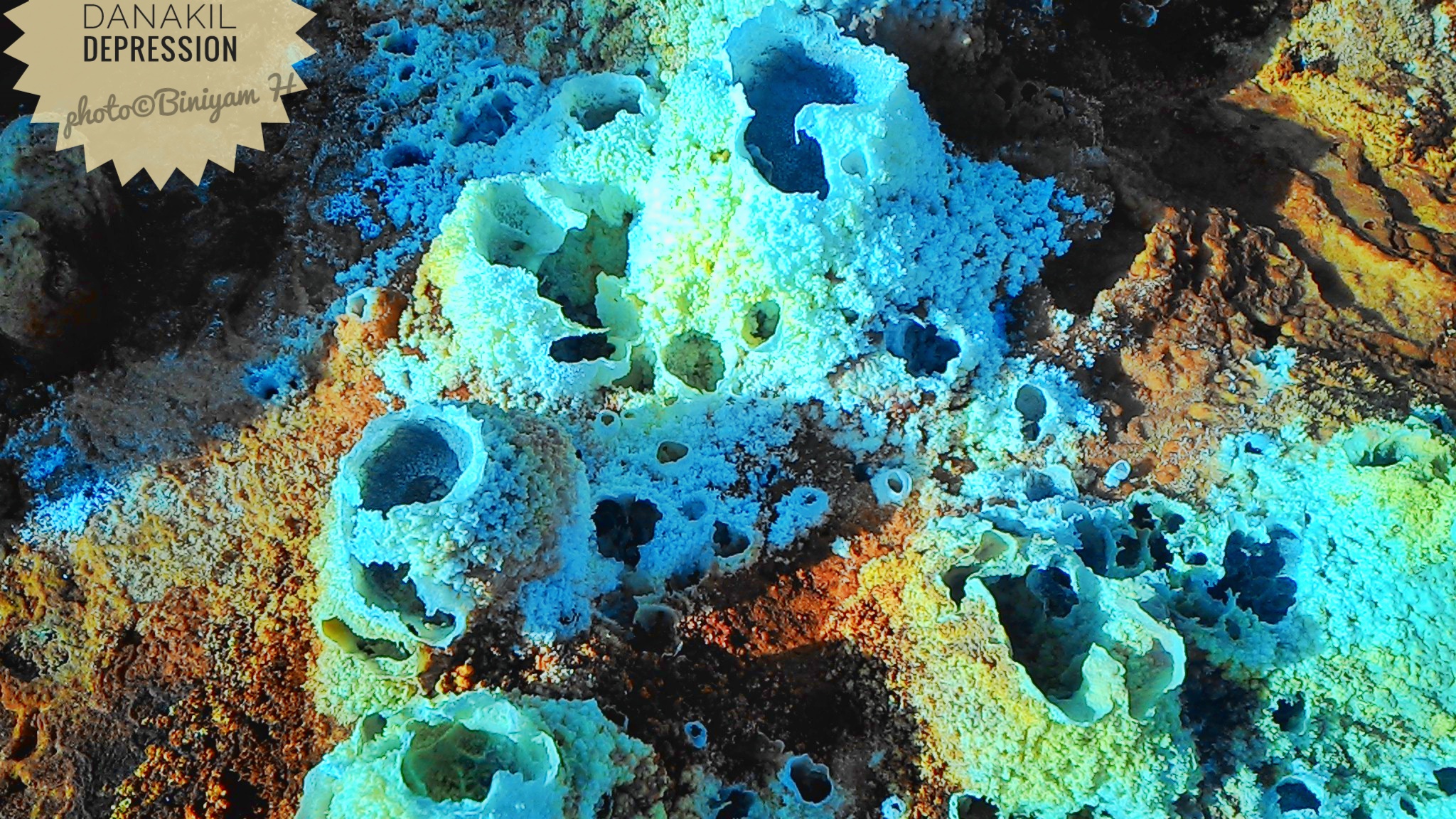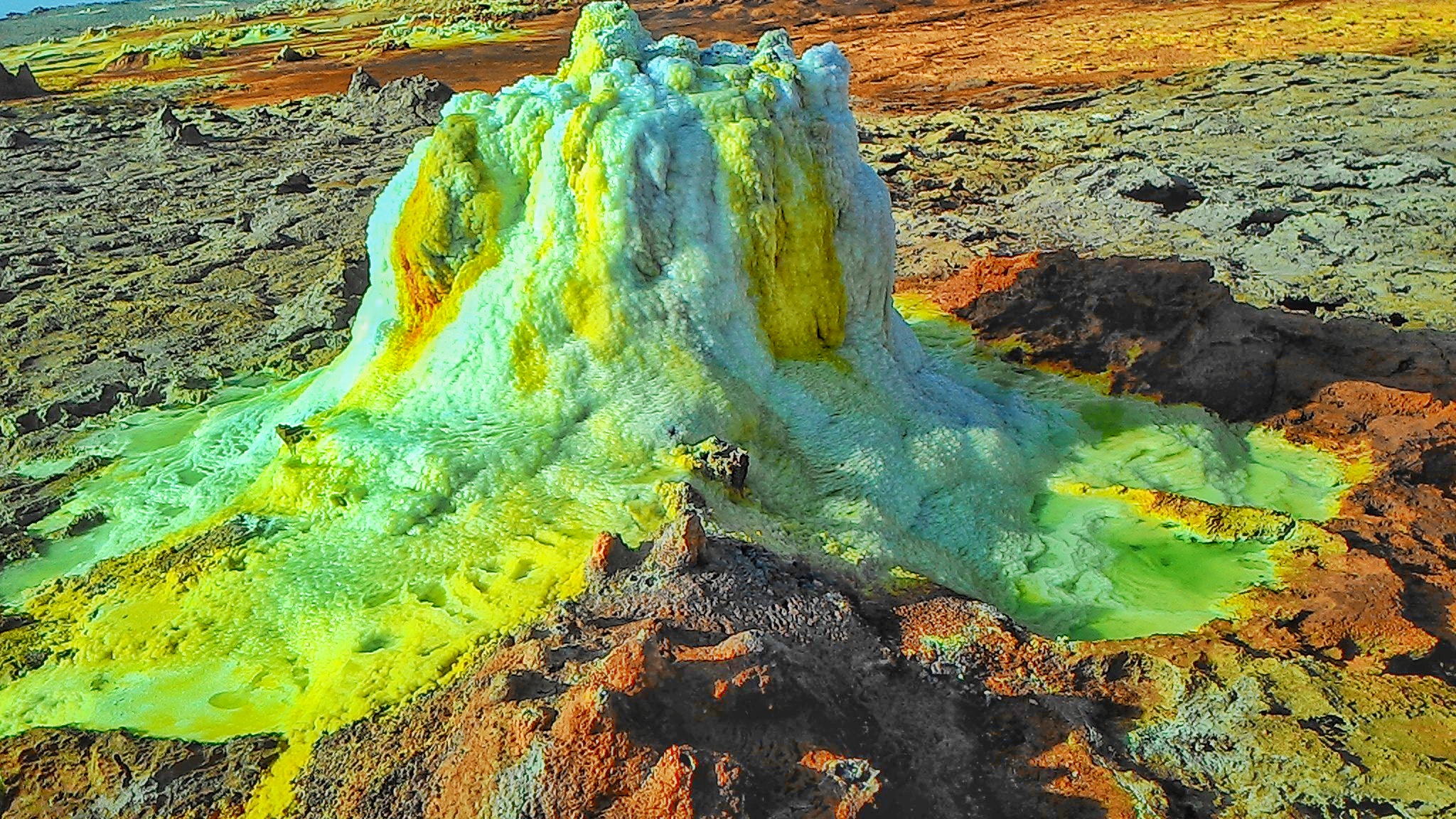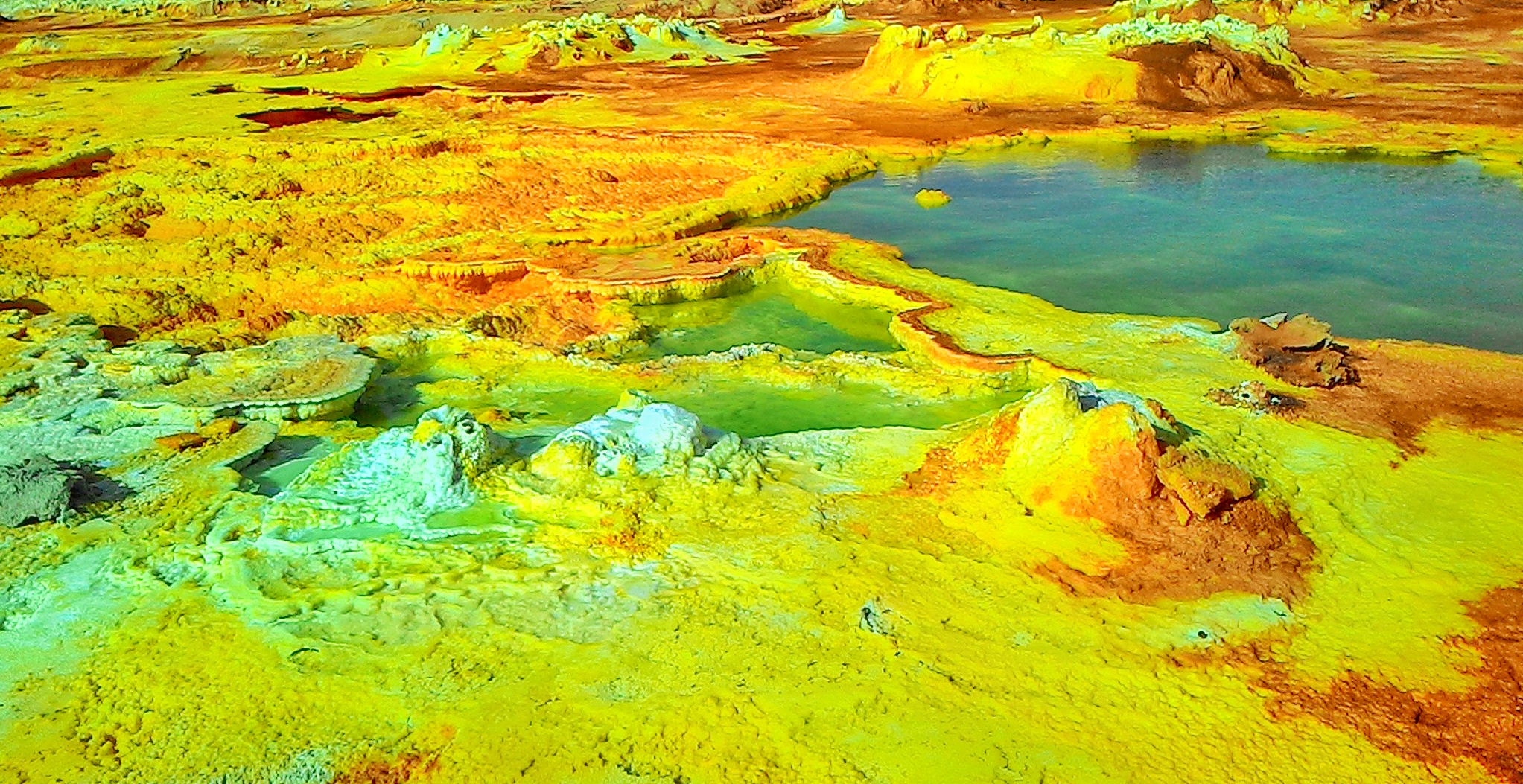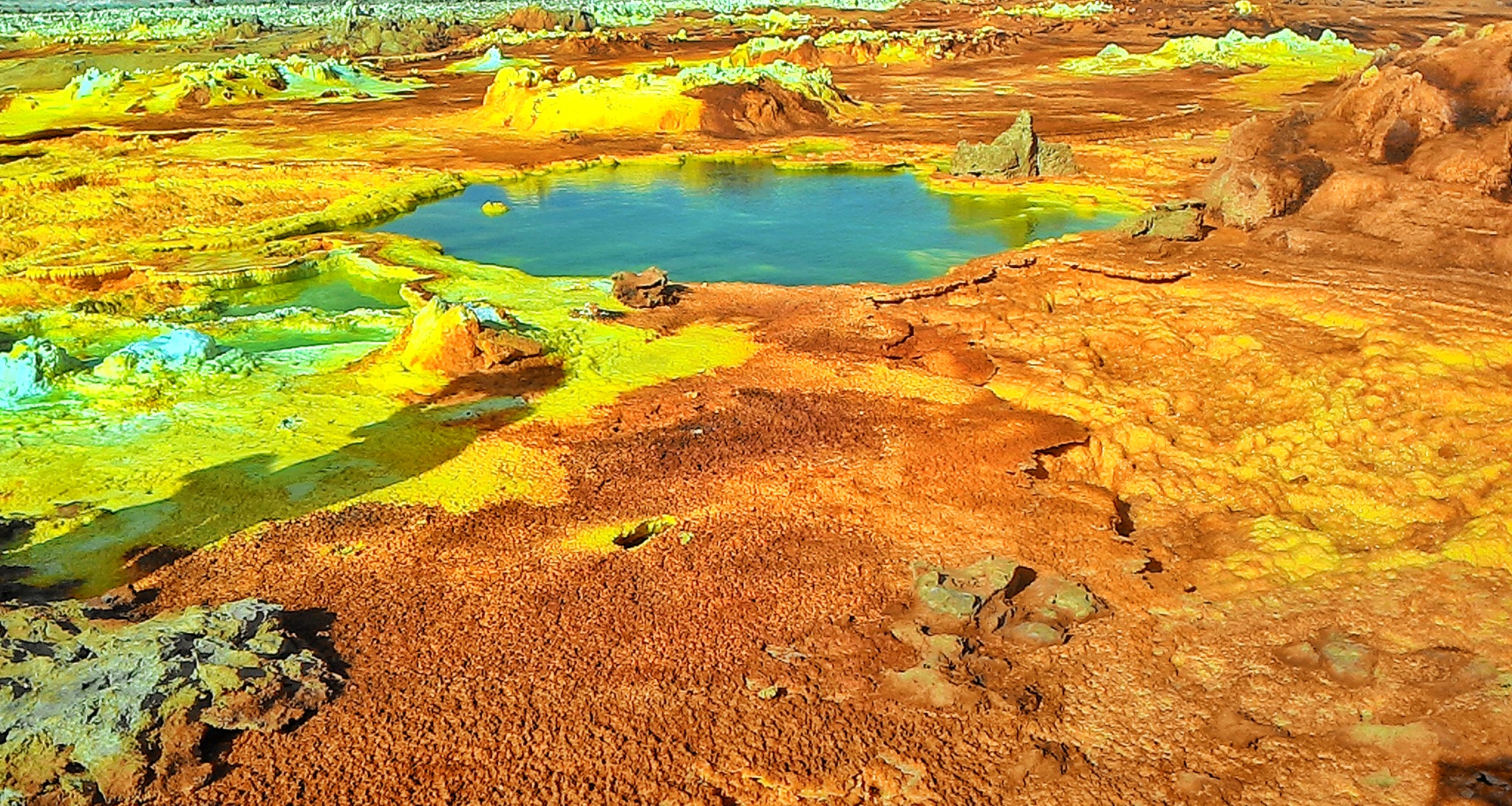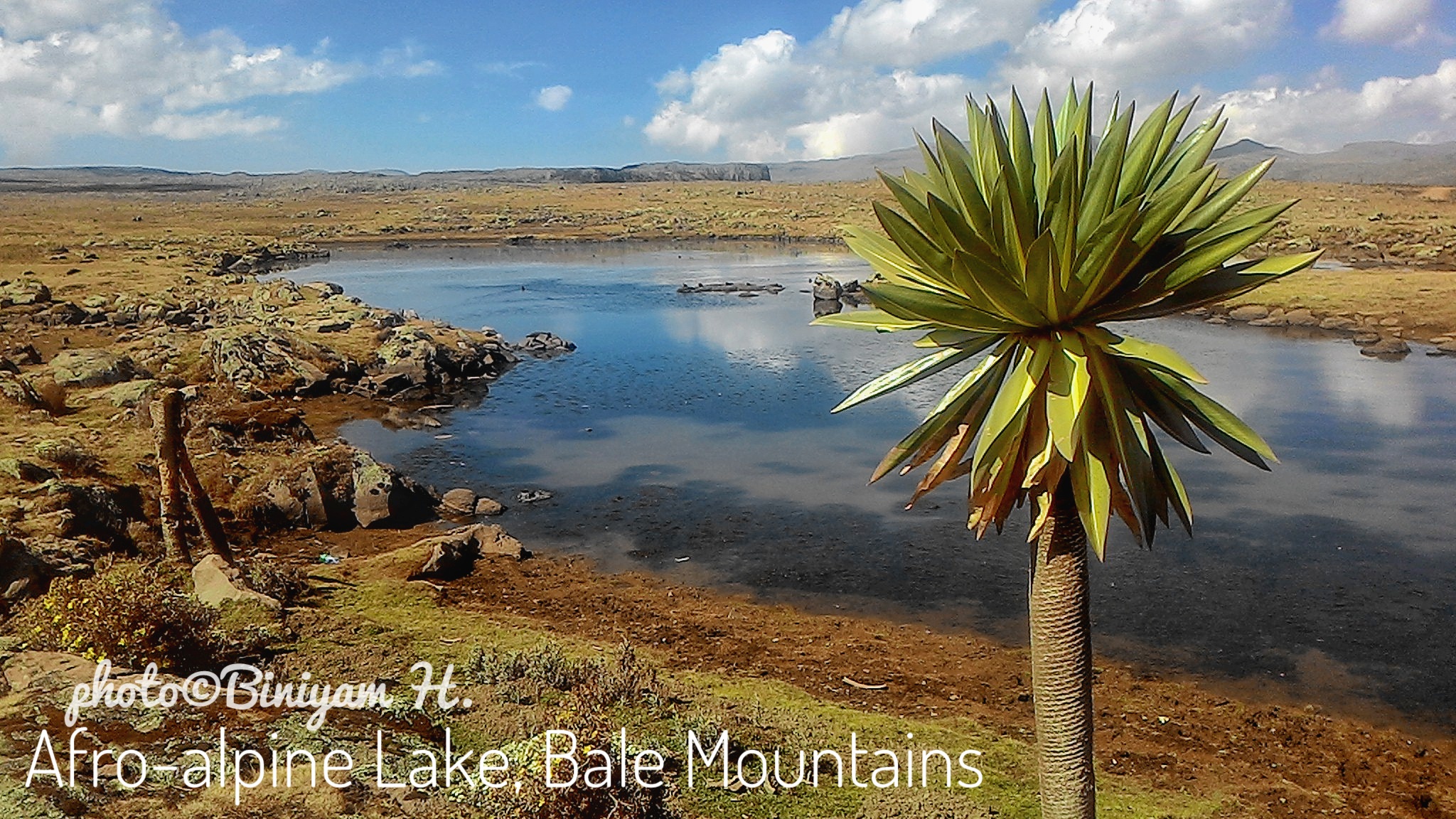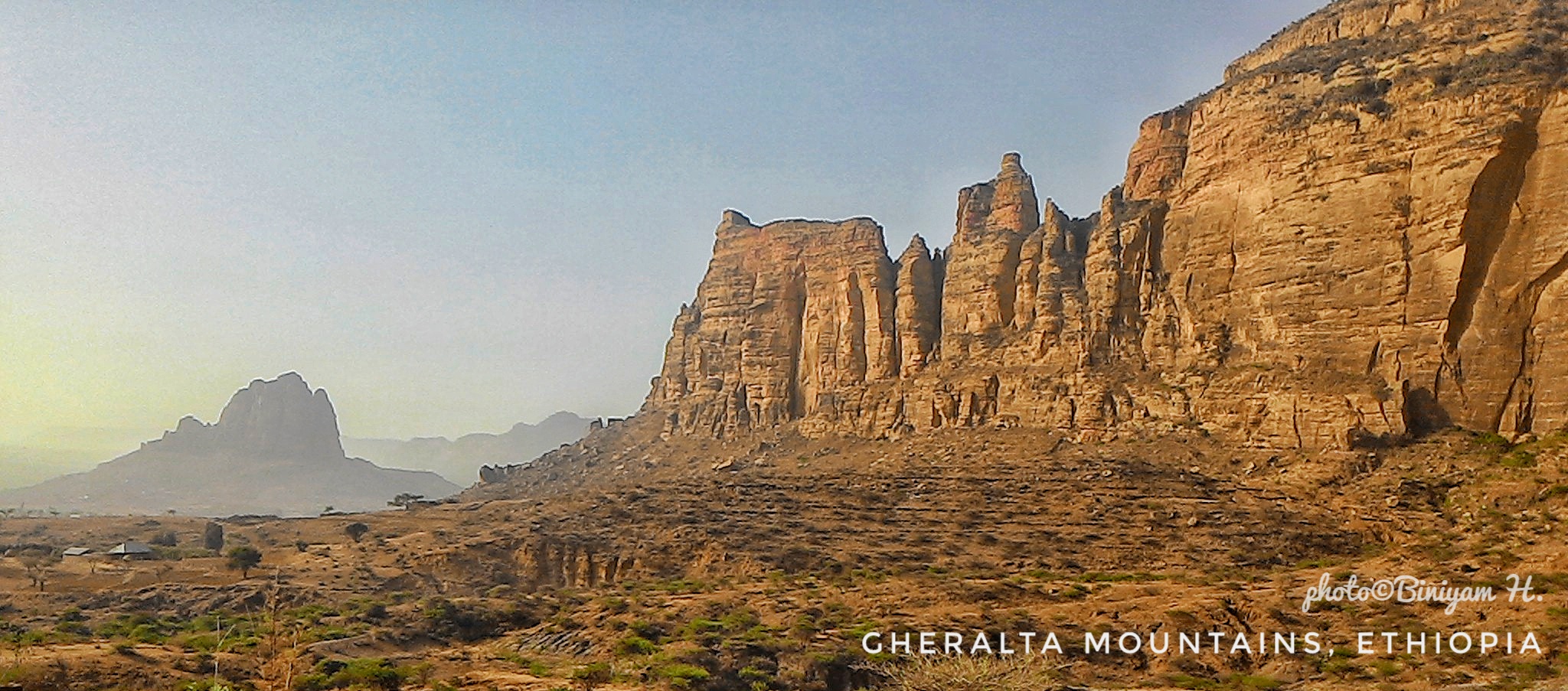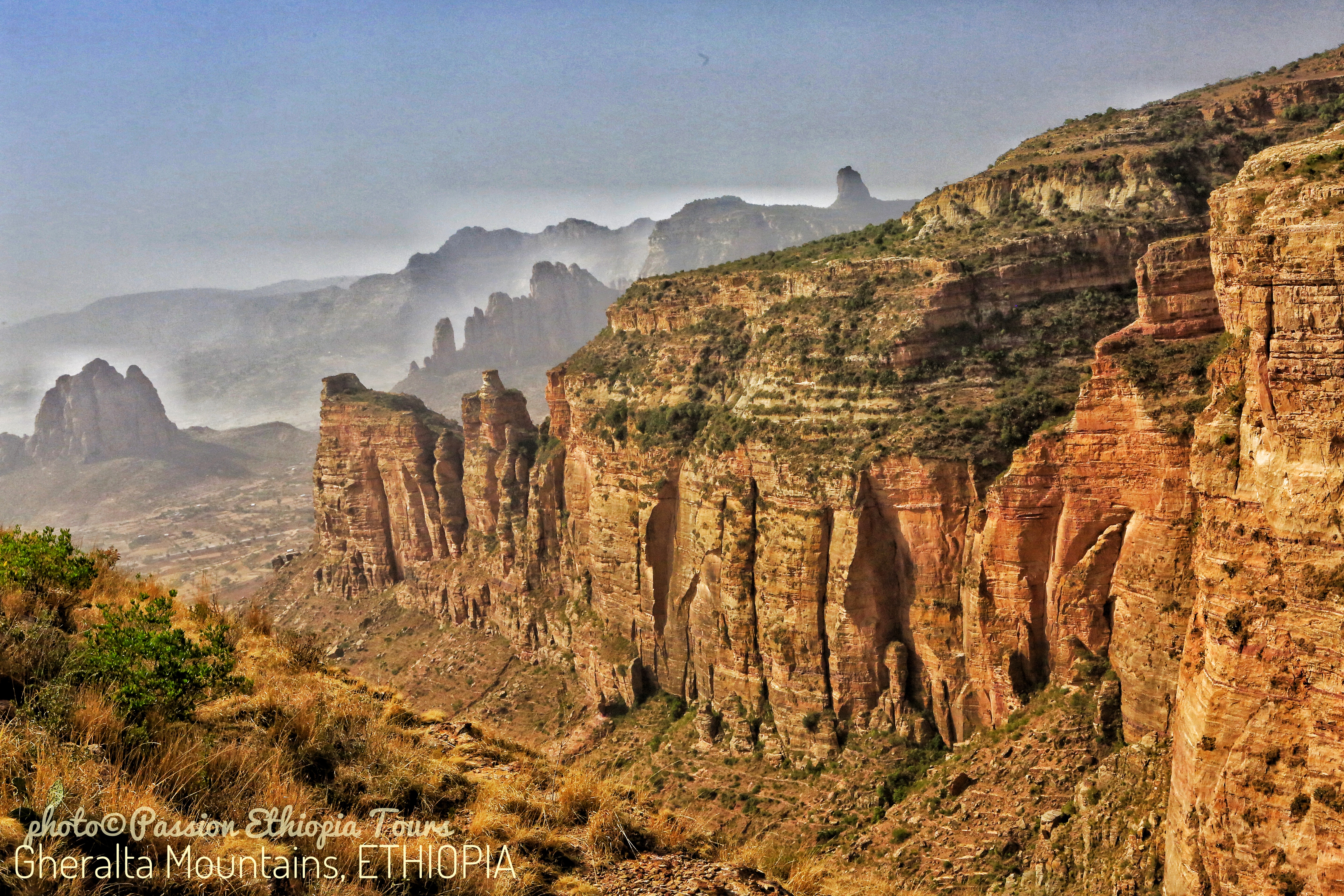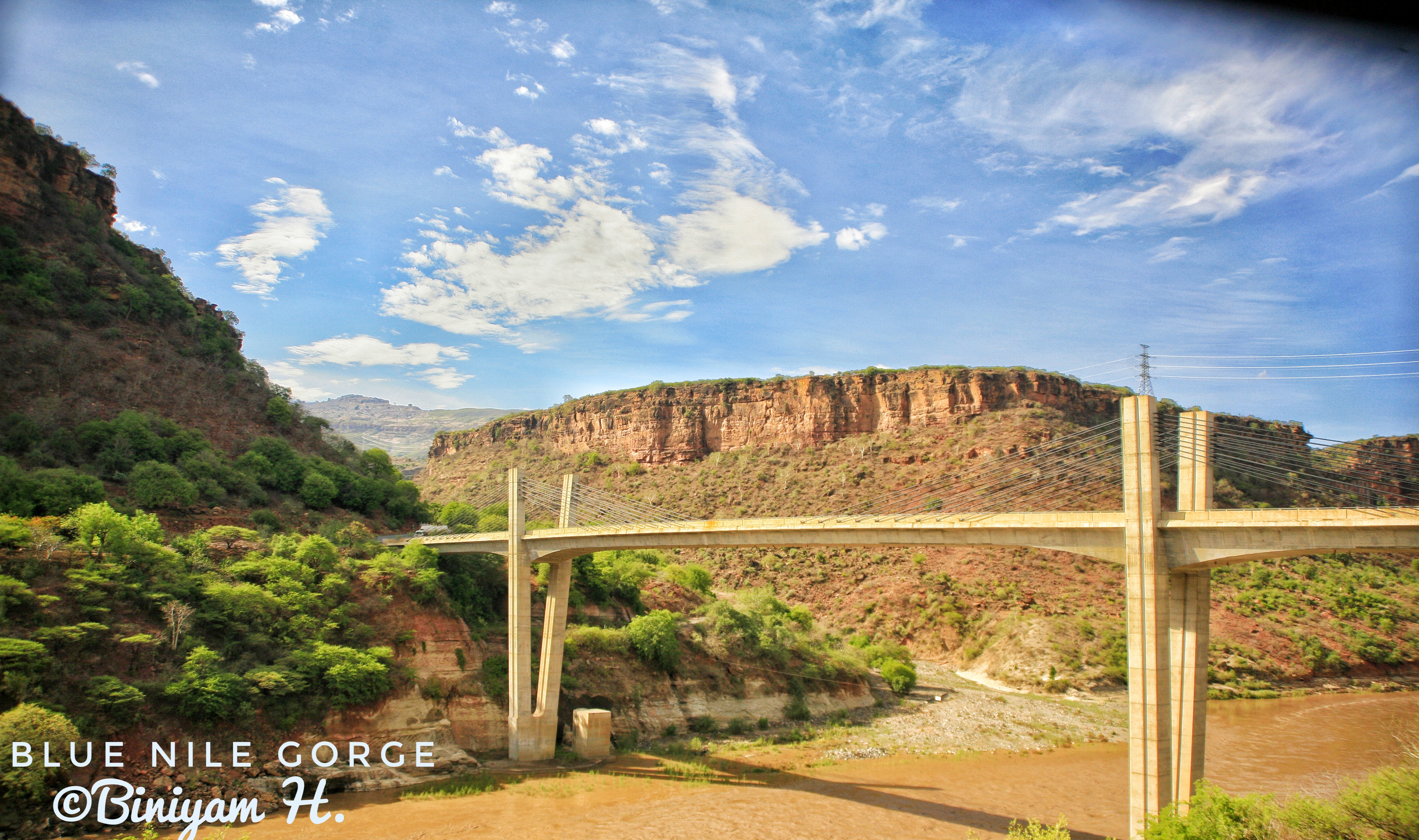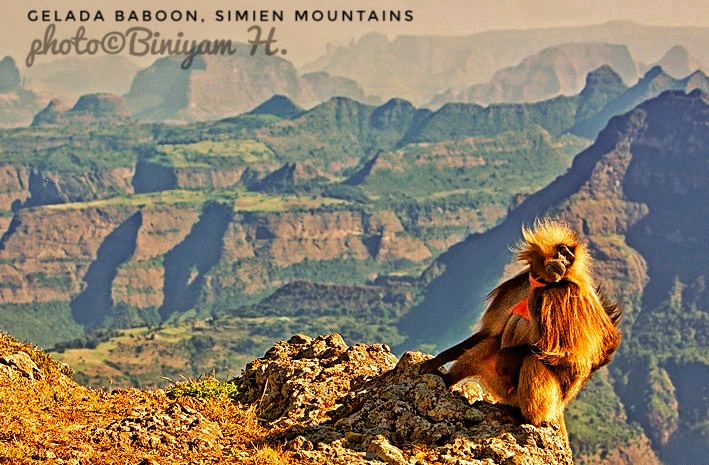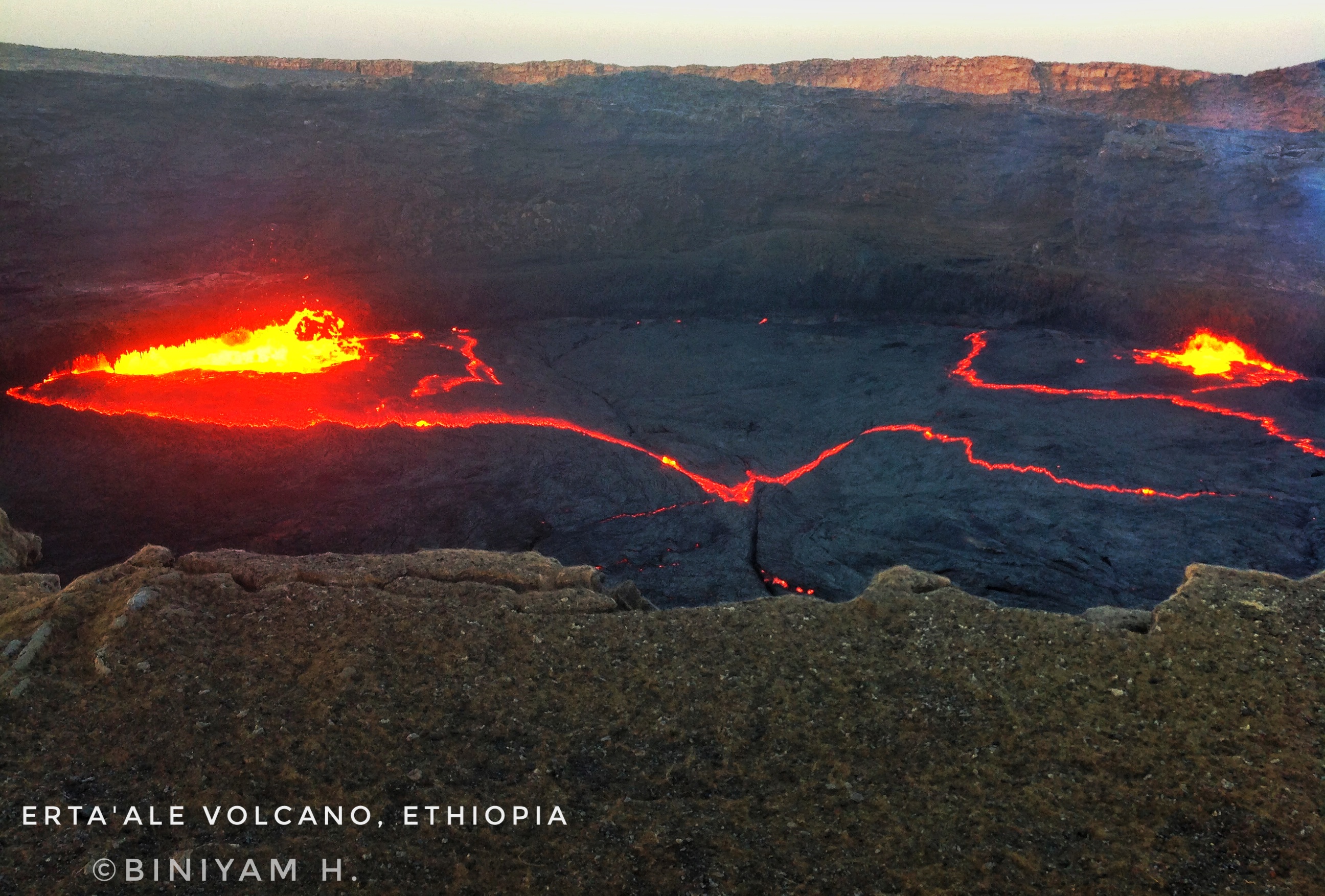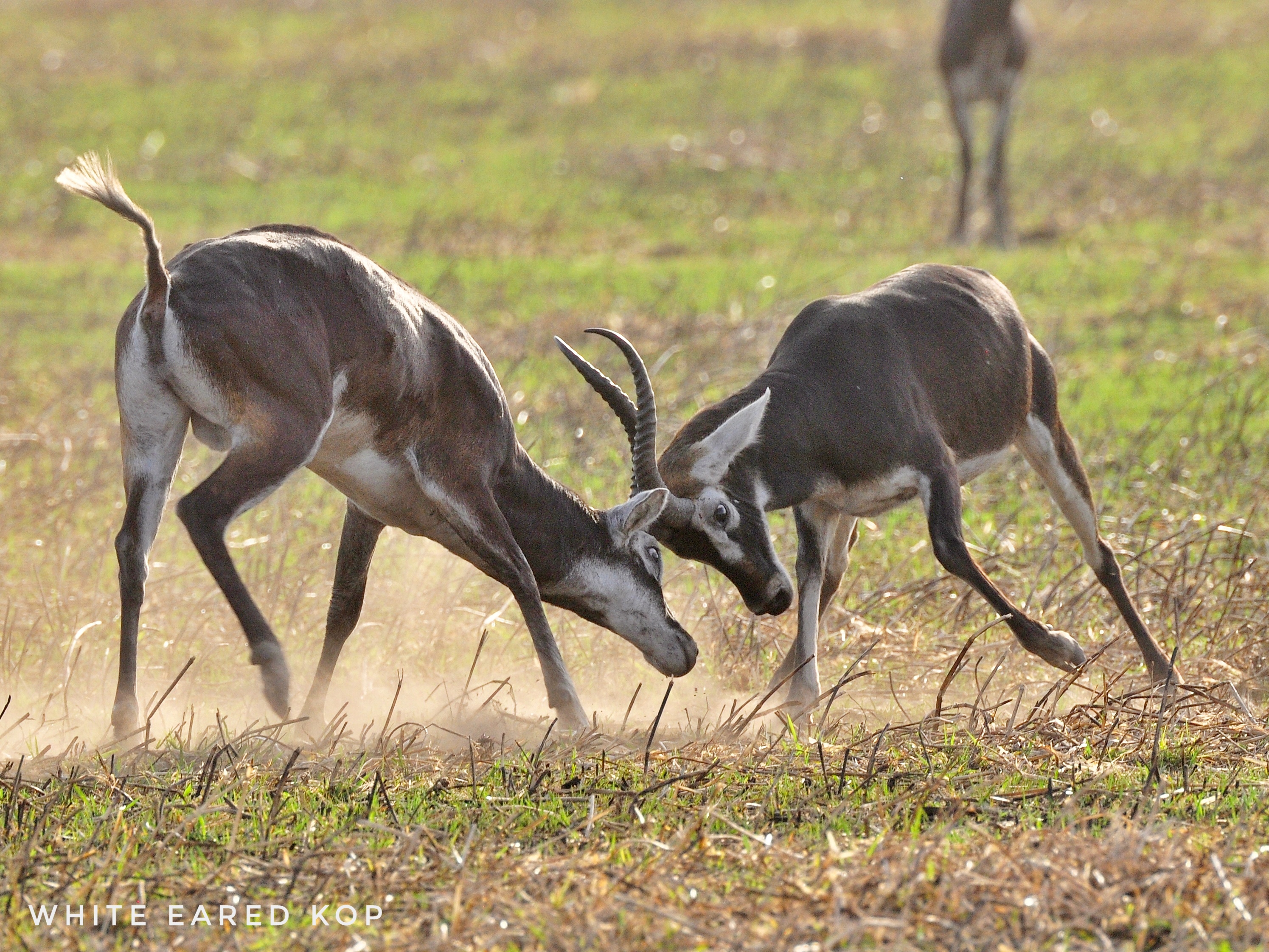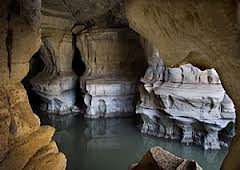Nature
The Great Rift Valley is a vast geographical and geological feature of east Africa and southwest Asia created by the rifting and separation of the African and Arabian tectonic plates around 35 million years ago. It was named by the explorer John Walter Gregory.
The Great Rift Valley runs north to south for some 5,000 km, from northern Syria to central Mozambique. The valley varies in width from 30-100 km and in depth from a few hundred to several thousand metres.
The northernmost part of the Rift forms the valley of the Jordan River, which flows southward through the Sea of Galilee in Israel to the Dead Sea. From the Dead Sea southwards, the Rift is occupied by the Wadi Arabah and then the Gulf of Aqaba and the Red Sea.
The southern end of the Red Sea marks a fork in the rift. The Gulf of Aden is an eastward continuation of the rift - before the rift opened, the Arabian Peninsula was attached to the Horn of Africa - and from this point the rift continues as part of the Mid-oceanic ridge of the Indian Ocean. In a southwest direction the fault continues as the Great Rift Valley, which split the older Ethiopian highlands into two halves.
In eastern Africa the valley divides into two, the Eastern Rift and the Western Rift.
The Western Rift, also called the Albertine Rift, is edged by some of the highest mountains in Africa, including the Virunga Mountains, Mitumba Mountains, and Ruwenzori Range, and contains the Rift Valley lakes, which include some of the deepest lakes in the world (up to 1,470 meters deep at Lake Tanganyika). Lake Victoria, the second largest freshwater lake in the world, is considered part of the Rift Valley system although it actually lies between the two branches. The other Great Lakes are also formed by the rift.
The Ethiopian Rift valley is part of the Afro-Arabian Rift system, bounded by the Arabian plate to the north, African plate to the west, and East African plate to the east. It is a system of down faulted through starting from the Jordan-Dead sea Rift, the Red sea, and the Gulf of Aden, and continues southwards through East African Rift up to Mozambique. The Rift valley is a geological relic of the critical weakening in the year ago the world’s largest geological divide.
The Rift Valley Lakes are a group of lakes formed by the Great Rift Valley of eastern Africa. These lakes include some of the oldest, largest and deepest lakes in the world, and are a freshwater eco region of great biodiversity. The Ethiopian Rift Valley lakes are the northernmost of the African Rift Valley lakes. In central Ethiopia the Great Rift Valley splits the Ethiopian highlands into northern and southern halves, and the Ethiopian Rift Valley lakes occupy the floor of rift valley between the two highlands.
The Ethiopian Rift valley offers eight spectacular chains of lakes. These lakes formed during the period of high rainfall in the quaternary era when much of the world near the poles was covered in ice. During this time the northern four lakes Ziway, Langano, Abijata and Shalla where one and the southern two Abaya and Chamo were one. As the earth’s climate warmed in comparatively recent geological times the Rift Valley lakes receded leaving extensive deposits of sedimentary rocks.
The Ethiopian Rift Valley is known as ‘’Ornithologists paradise’’.It is home of varied bird population, including both Savannah and water birds.
The Ethiopian Rift Valley lakes are the northernmost of the African Rift Valley lakes. In central Ethiopia the Great Rift Valley splits the Ethiopian highlands into northern and southern halves, and the Ethiopian Rift Valley lakes occupy the floor of the rift valley between the two highlands. Most of the Ethiopian Rift Valley lakes do not have an outlet, and most are alkaline. Although the Ethiopian Rift Valley lakes are of great importance to Ethiopia's economy, as well as being essential to the survival of the local people, there were no intensive and extensive limnological studies undertaken of these lakes until recently.[2]
The major ones are
- Lake Abaya (1162 km2, elevation 1285 m), the largest Ethiopian Rift Valley lake
- Lake Chamo (551 km2, elevation 1235 m)
- Lake Dambal/Ziway (485 km2, elevation 1636 m)
- Lake Shala (329 km2, elevation 1558 m), the deepest Ethiopian Rift Valley lake
- Lake Koka (250 km2, elevation 1590 m)
- Lake Langano (230 km2, elevation 1585 m)
- Lake Abijatta (205 km2, elevation 1573 m)
- Lake Hawasa (129 km2, elevation 1708 m)

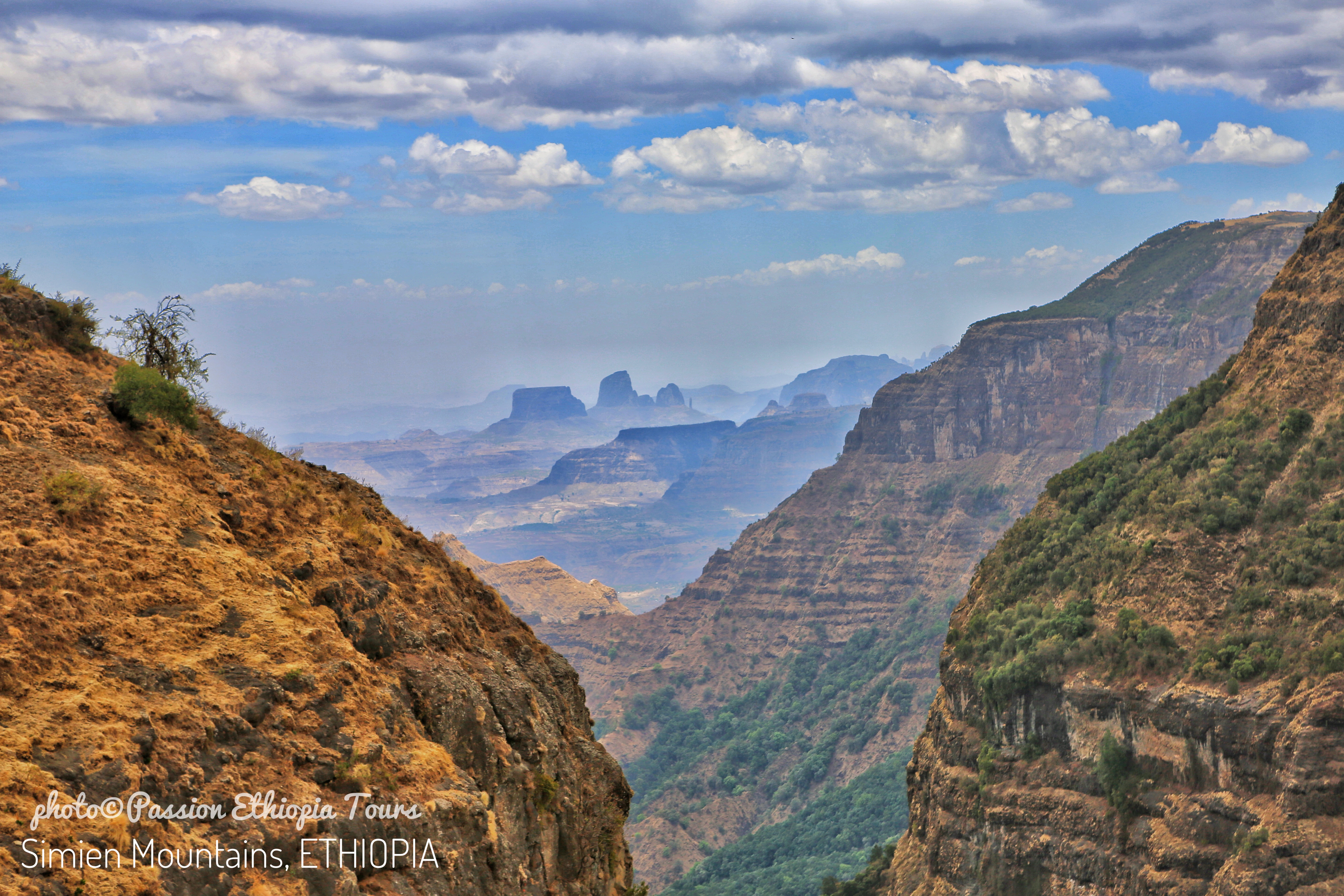
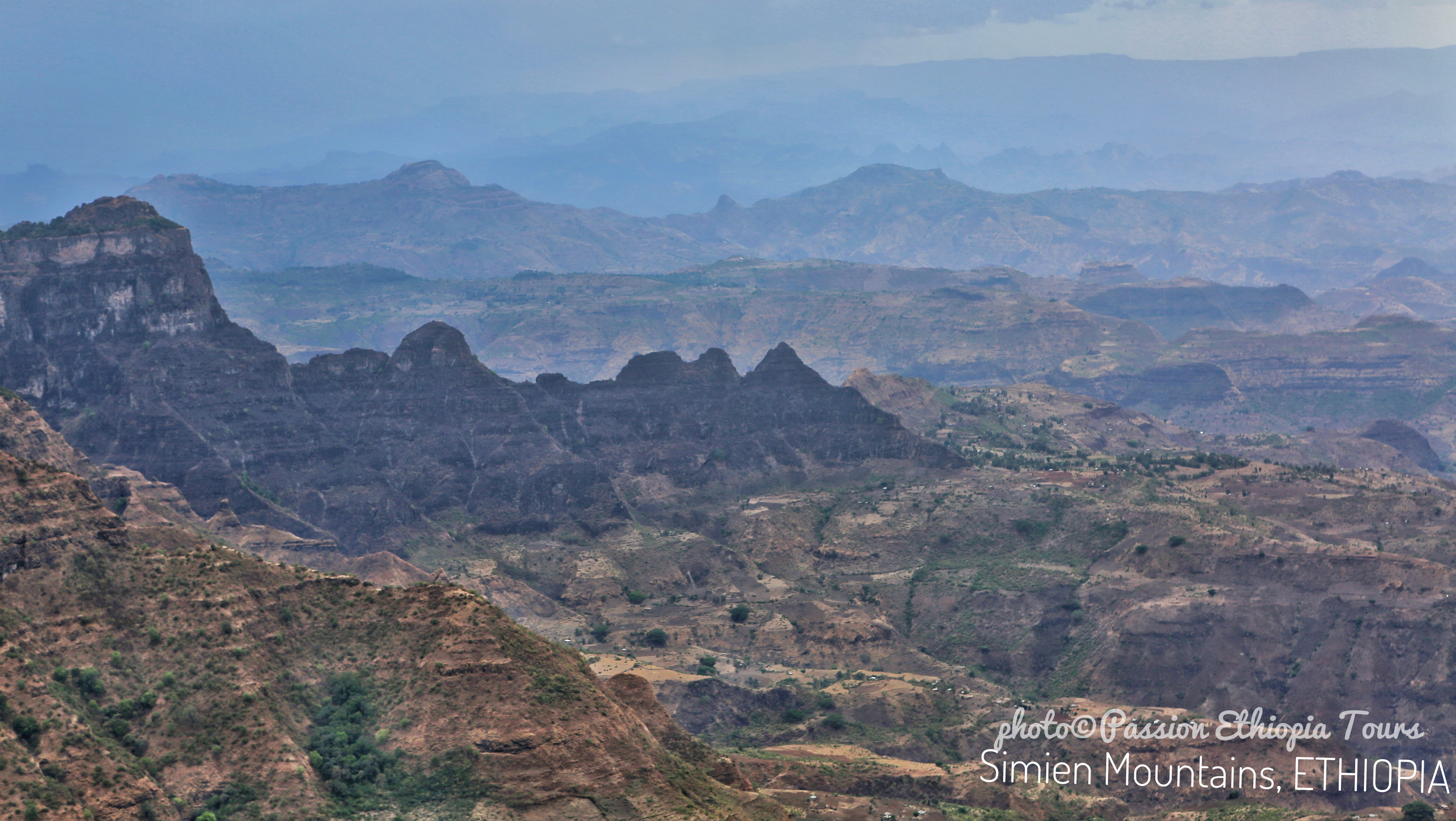
.jpeg)

